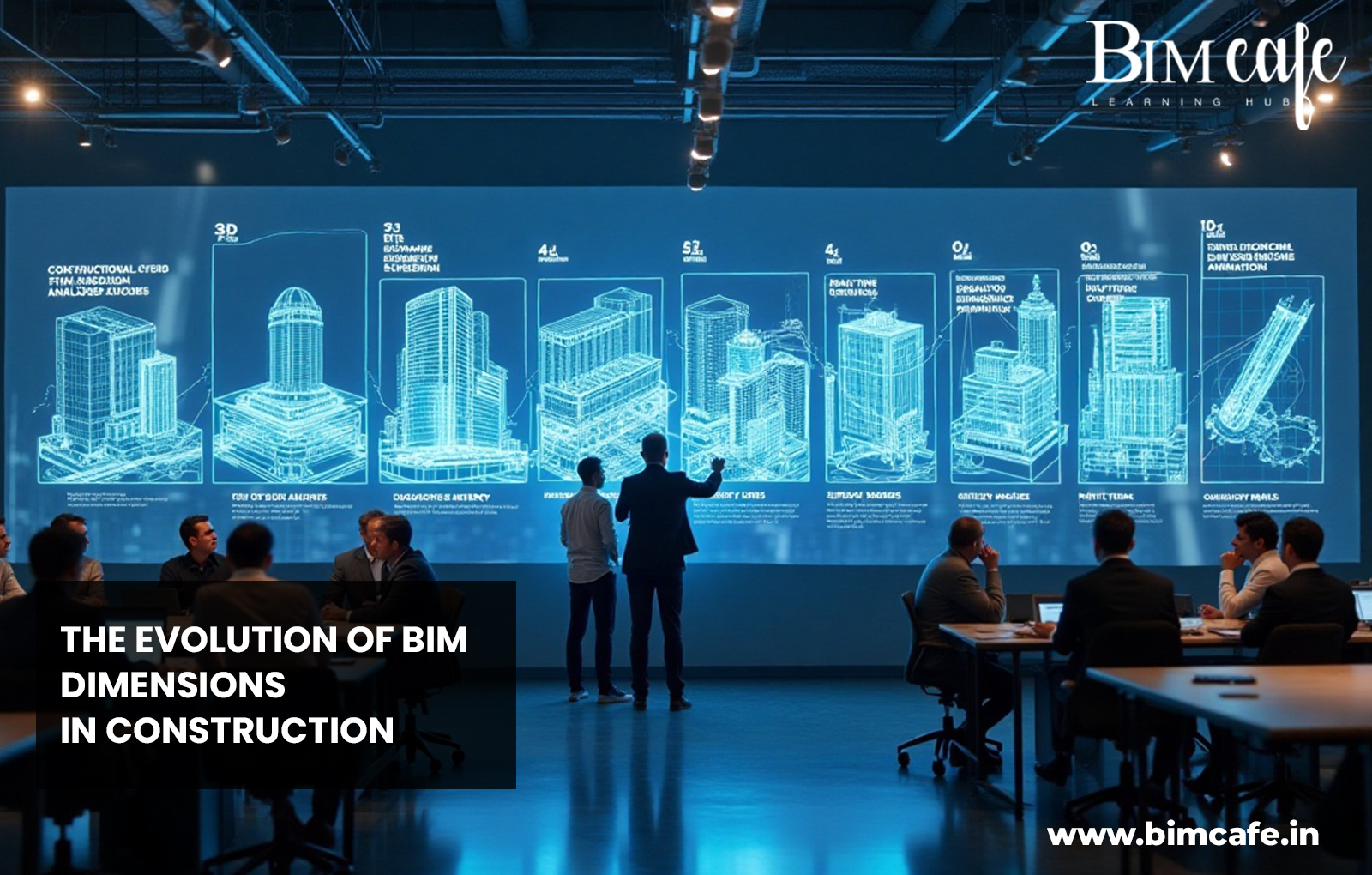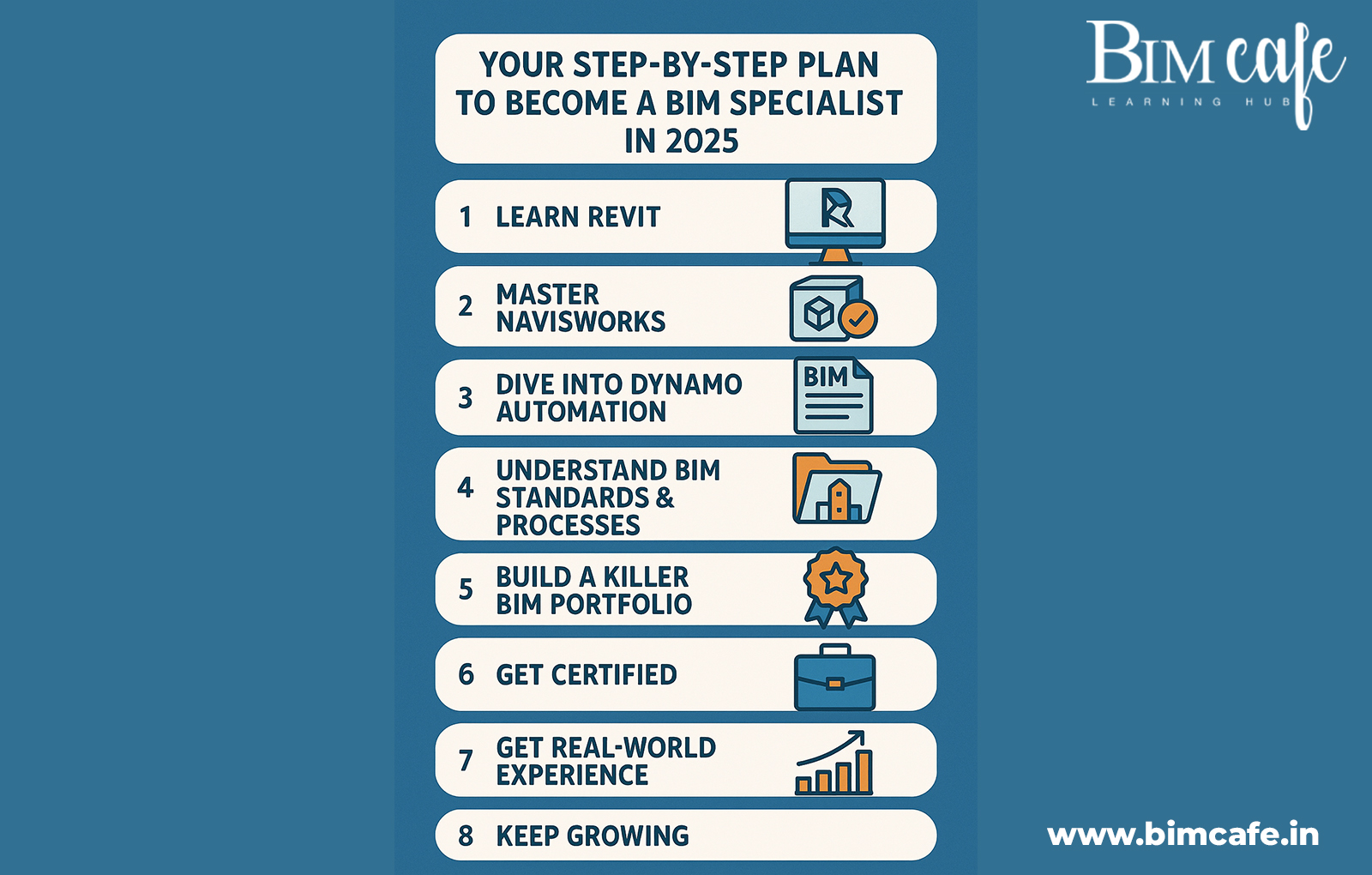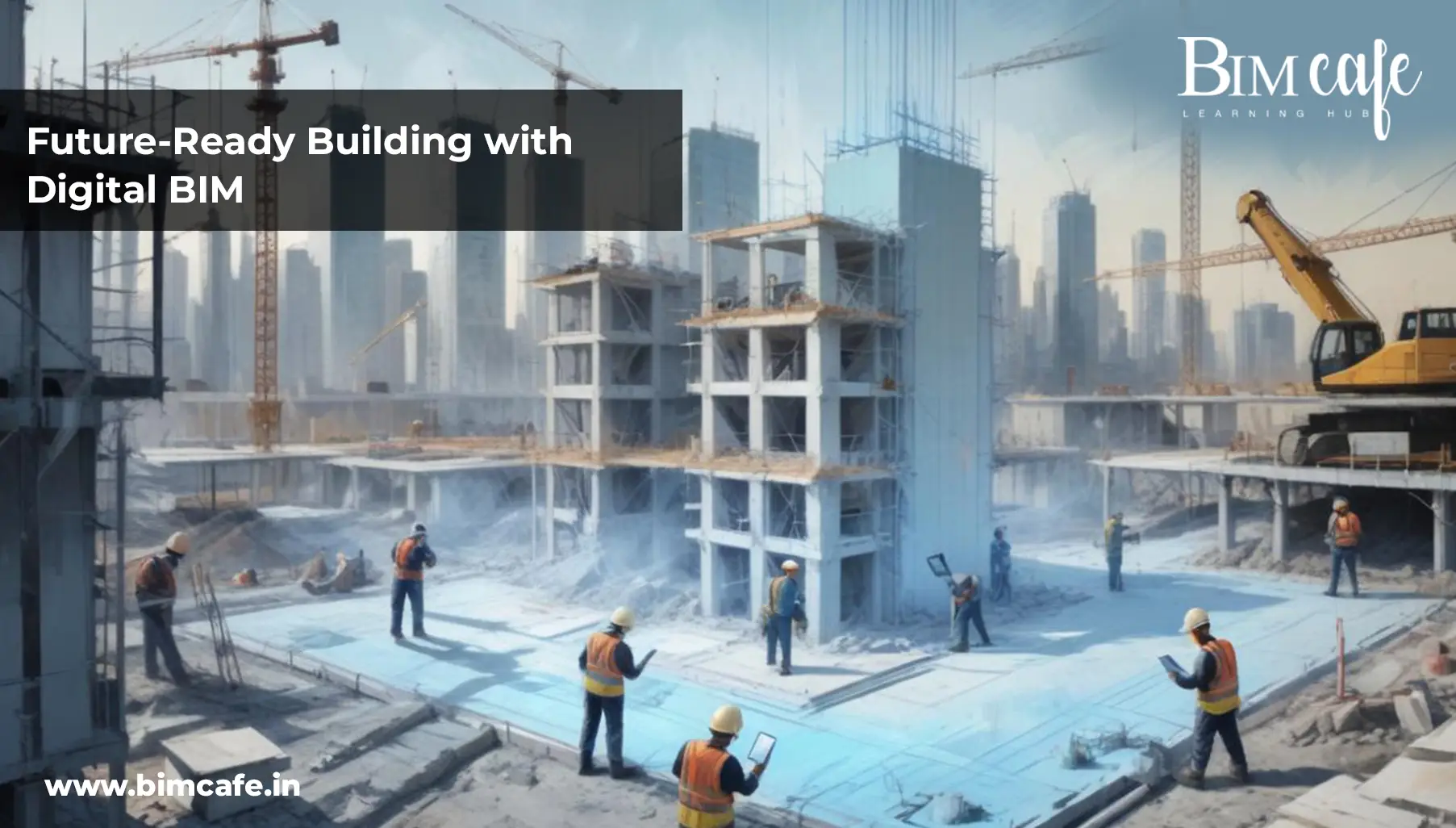
Author: Devika R
March 17, 2025
6 min read
In the fast-paced world of construction, Building Information Modelling (BIM) has redefined how projects are designed, planned, and executed. Acting as a digital bridge, BIM enables architects, engineers, and project managers to collaborate seamlessly throughout the construction project lifecycle. From initial concept to completion, it streamlines workflows, enhances precision, and minimizes errors. By integrating real-time data and visualization, BIM transforms complex ideas into well-coordinated, efficient structures.
Have you ever wondered how technology like BIM is shaping the future of construction, ensuring smarter, faster, and more sustainable project delivery?
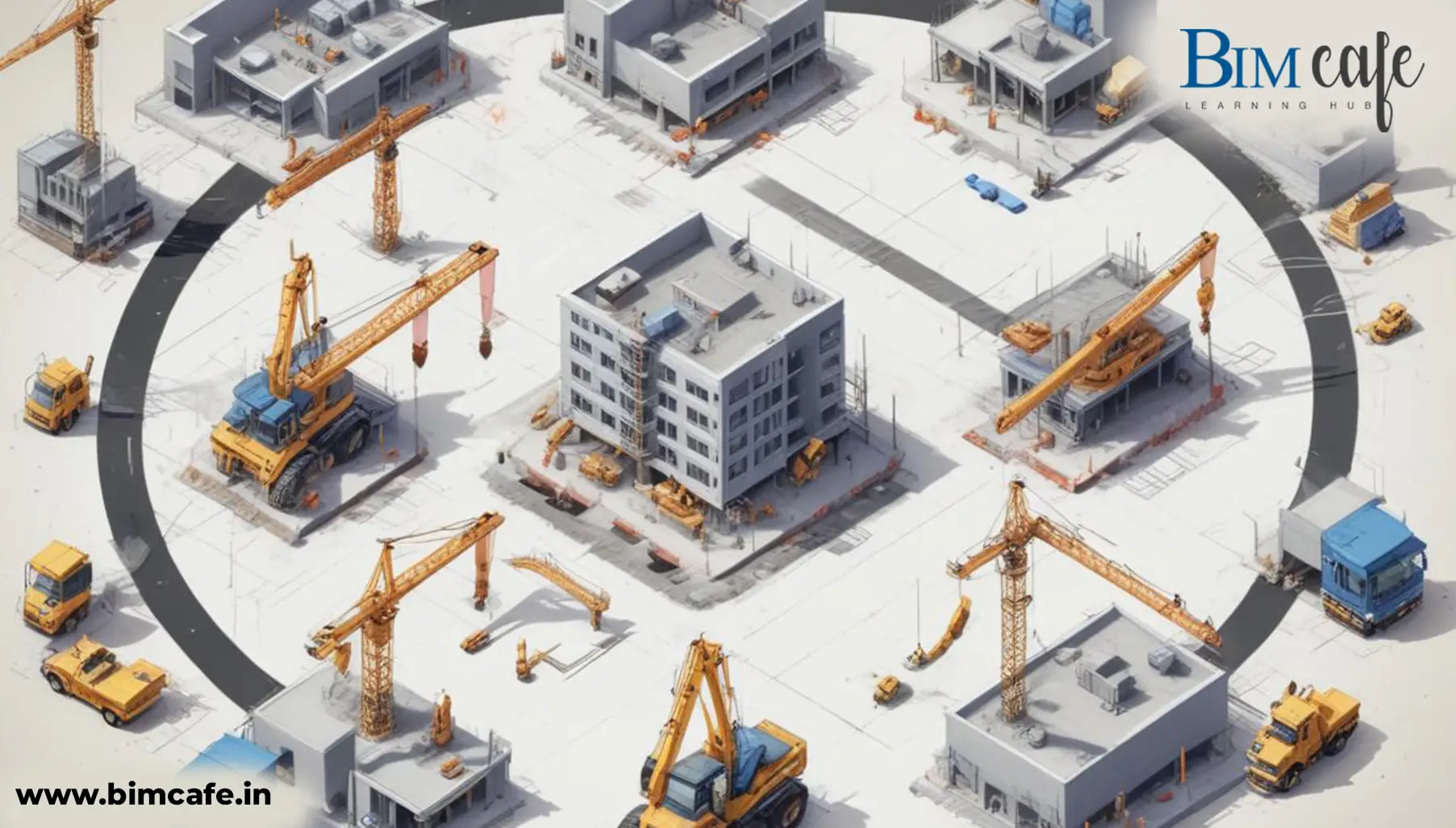
Introduction to BIM in Construction
Building Information Modelling (BIM) is transforming construction by digitally representing a building’s physical and functional characteristics, enabling seamless collaboration among professionals. It enhances efficiency by identifying potential issues early, and minimizing costly mistakes and delays. Unlike static blueprints, BIM evolves with the project, providing real-time insights for better decision-making. By integrating with other digital tools, BIM fosters innovation and streamlines construction processes for greater precision and productivity.
Understanding the Project Life Cycle in Construction
The project lifecycle in construction is a structured sequence of phases that guide a project from inception to completion. It’s a roadmap that ensures that every detail is scrutinized and every milestone is met, providing a framework for delivering projects on time and within budget. Understanding this lifecycle is essential for anyone involved in construction, from project managers to architects and engineers.
Key Stages of the Construction Project Life Cycle
Initiation and Planning :
Establishing project objectives, feasibility studies, budgeting, and scheduling.Design and Development :
Creating architectural and engineering plans, generating 3D models, and finalizing construction details.Procurement and Pre-construction :
Selecting contractors, sourcing materials, and obtaining necessary permits.Construction Execution :
Implementing the design on-site, managing resources, and ensuring quality control.Commissioning and Handover :
Testing building systems, conducting inspections, and handing over the completed project.Operation and Maintenance :
Managing the structure post-construction, including repairs, facility upgrades, and sustainability measures.
Importance of Managing the Project Life Cycle Efficiently
Efficient project lifecycle management minimizes delays and cost overruns by ensuring effective resource allocation and adherence to schedules. Strong coordination and communication among stakeholders help project managers keep teams aligned, preventing costly mistakes and enhancing productivity. Proactive risk management allows for early identification and mitigation of potential issues, ensuring smoother project execution. When managed efficiently, projects are delivered on time and within budget, maximizing value and building trust among all stakeholders.
Role of BIM in Modern Construction Projects
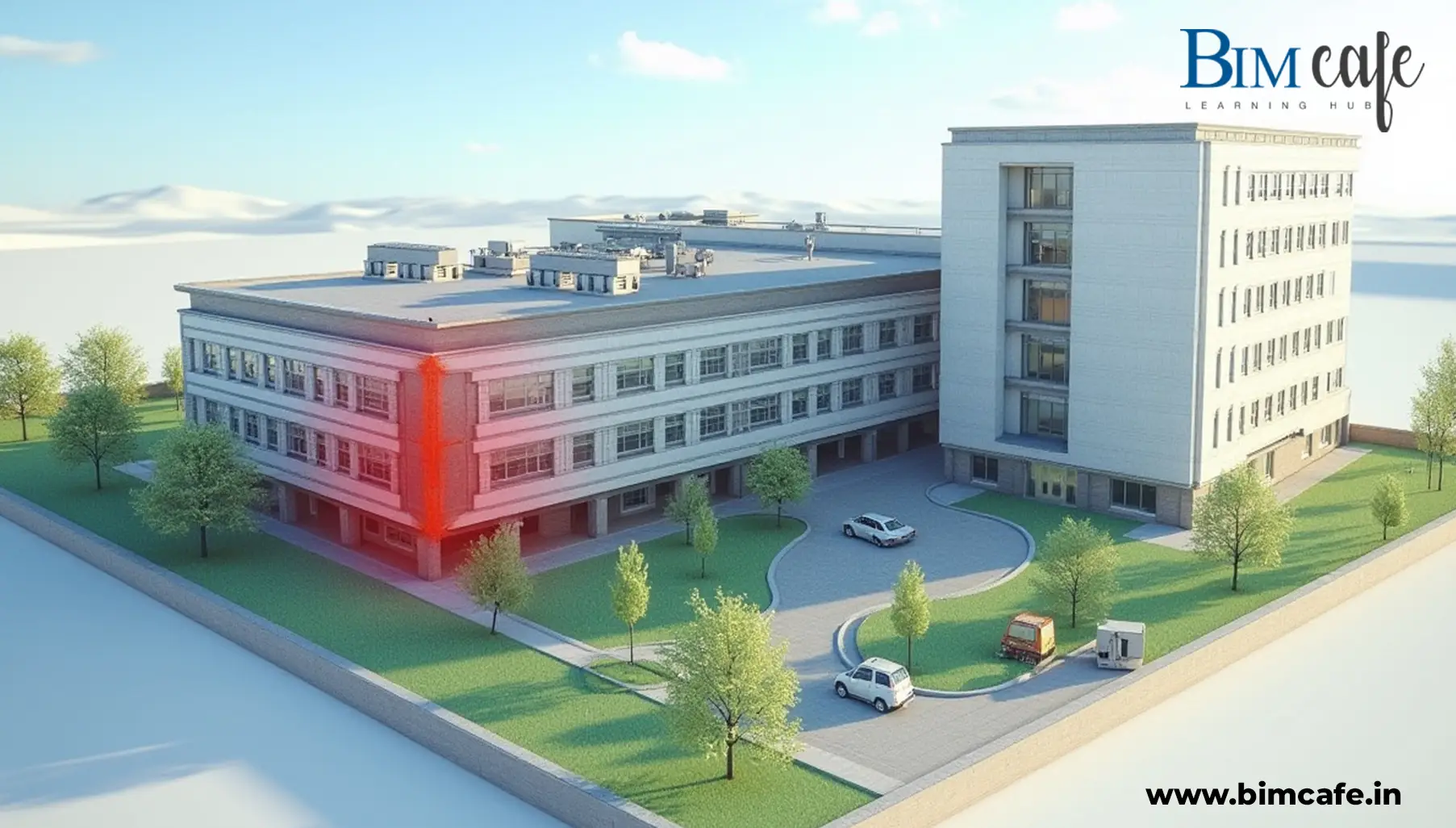
BIM enhances construction efficiency by providing a construction project life cycle diagram that visually represents different stages, helping teams identify potential bottlenecks and optimize project workflows.
Advantages of BIM Over Traditional Construction Methods
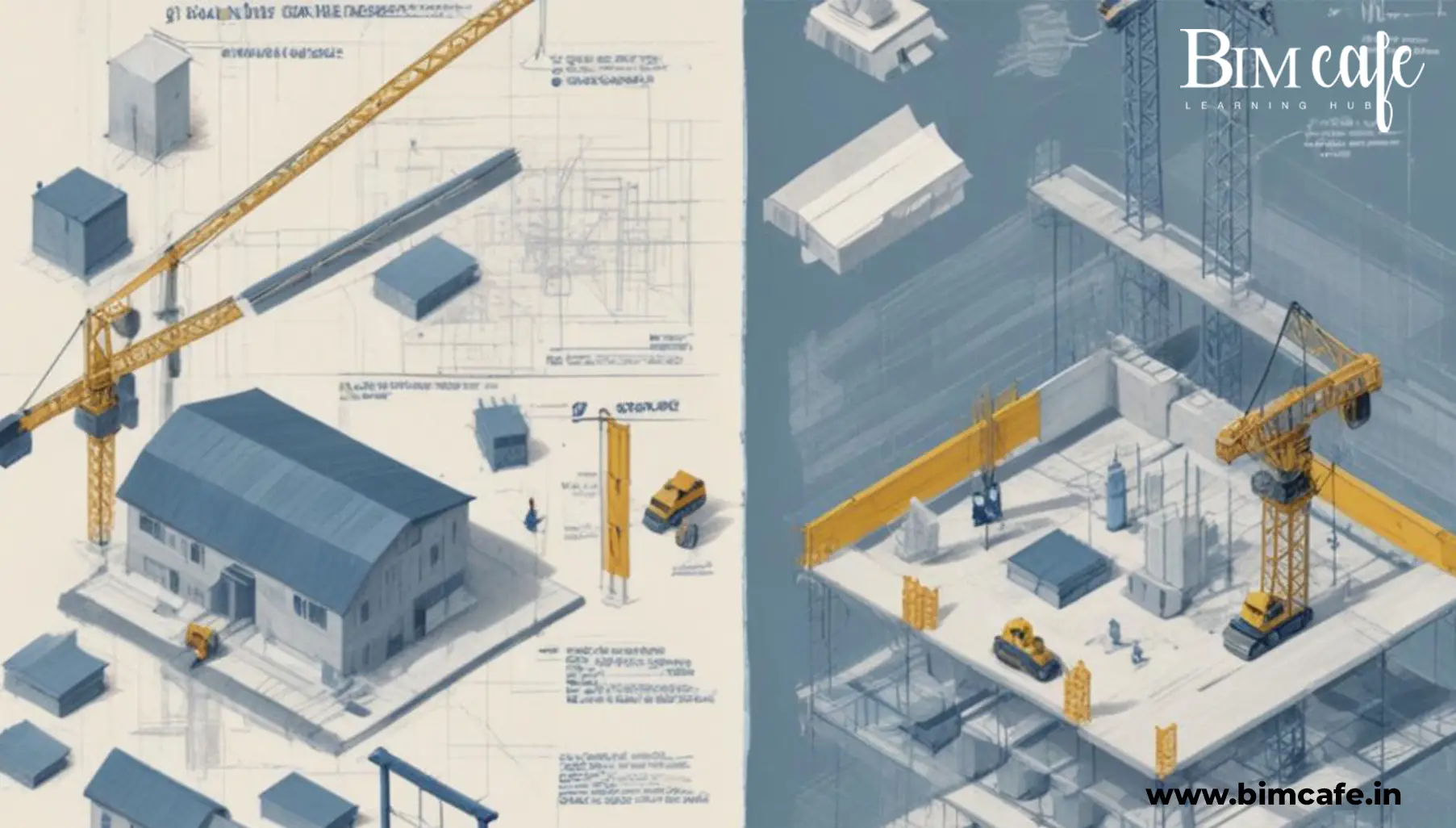
- Real-time Collaboration : BIM facilitates seamless communication and data sharing across teams.
- Clash Detection and Risk Reduction : BIM identifies design conflicts before construction, preventing costly rework.
- Cost and Time Efficiency : Automated simulations and calculations minimize project delays.
- Sustainability Enhancement : BIM integrates energy-efficient designs, reducing a project’s environmental footprint.
BIM Integration in the Construction Project Life Cycle
Integrating BIM into the construction project lifecycle is a game-changer, allowing for a more cohesive and efficient process from start to finish. Whether in the initiation and planning phases or the design and development stages, BIM plays a crucial role in ensuring that projects are delivered on time and within budget.
BIM in the Initiation and Planning Phase
In the initiation and planning phases, BIM helps define project scope and objectives by offering detailed models and simulations for comprehensive feasibility studies. Its ability to generate precise cost estimations ensures accurate budgeting and efficient resource allocation, reducing the risk of cost overruns. By providing early insights, BIM enables stakeholders to set realistic goals and expectations, ensuring a solid foundation for project success.
BIM in the Design and Development Phase
In the design and development phase, BIM enables architects to create precise designs and engineers to conduct structural analysis, ensuring durability and innovation. Its real-time collaboration features allow design teams to make updates seamlessly, adapting efficiently to inevitable changes. By providing a centralized platform for managing modifications, BIM keeps all stakeholders informed, minimizing miscommunication and errors.
Benefits of BIM in Construction Project Management
The benefits of BIM in construction project management are numerous and far-reaching. From improved collaboration and communication to enhanced cost and time management, BIM offers a range of advantages that make it an essential tool for modern construction projects.
Improved Collaboration and Communication
BIM enhances information sharing among project stakeholders, ensuring transparency and preventing delays or miscommunication. Its real-time updates keep teams aligned, enabling prompt issue resolution and seamless collaboration.
Enhanced Cost and Time Management
BIM enables accurate cost forecasting and budget control, reducing the risk of financial overruns. With precise scheduling and sequencing, project managers can ensure tasks are completed efficiently and on time.
Better Risk Identification and Mitigation
BIM proactively identifies potential risks early in the project lifecycle, allowing for effective mitigation strategies. Its flexible models enable swift adaptation to changes while ensuring compliance with safety and regulatory standards.
Increased Sustainability and Efficiency
BIM promotes sustainability by optimizing resource use and minimizing waste through energy analysis. Environmental impact assessments benefit from BIM data, enhancing eco-friendly construction practices throughout the project.
Challenges of Implementing BIM in the Construction Project Life Cycle
While Building Information Modelling (BIM) offers numerous advantages, its implementation comes with challenges that can slow adoption. High initial costs, a shortage of trained professionals, and resistance to change remain significant barriers in the construction project lifecycle.
Common Barriers to BIM Adoption
The high initial costs and need for specialized training can deter companies from adopting BIM, as many hesitate to invest in new technology and skilled personnel. Additionally, resistance to change and inconsistent industry standards create challenges for seamless BIM integration, especially in traditional construction sectors.
Strategies to Overcome BIM Implementation Challenges
Companies can address BIM adoption challenges by investing in training programs to equip teams with essential skills and offering incentives to encourage early adoption. Standardization efforts and pilot projects can further ease integration, demonstrating BIM’s value and ensuring compatibility across industries.
Future of BIM in Construction and Project Life Cycle Management
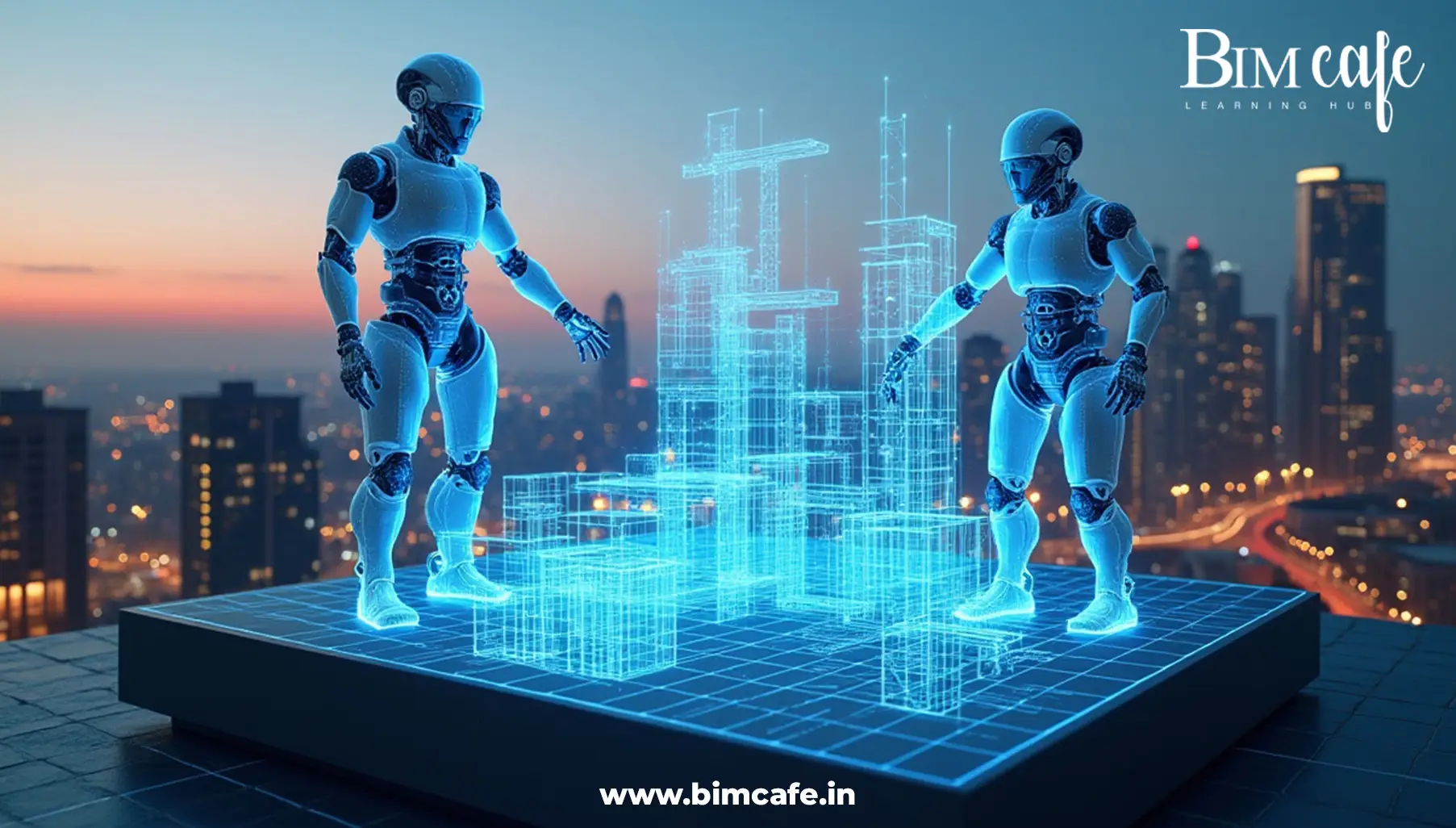
The future of BIM in construction is driven by advancements in artificial intelligence, augmented reality, and cloud-based collaboration, transforming project planning and execution. AI-powered BIM offers predictive insights, helping project managers anticipate and mitigate risks, while augmented reality enhances on-site visualization for better decision-making. Cloud-based BIM solutions enable seamless remote collaboration, ensuring efficiency in a globally connected industry. As technology evolves, BIM will continue to redefine construction, making projects more innovative, sustainable, and cost-effective.
Conclusion: How BIM Transforms Construction Project Life Cycle
BIM is revolutionizing construction by integrating real-time data, advanced visualization, and seamless collaboration, making traditional methods obsolete. It enhances efficiency, minimizes errors, and ensures sustainability, setting a new benchmark for modern project management. As the industry shifts towards smarter and more connected workflows, BIM is no longer an option—it’s a necessity for future-ready construction professionals. Staying ahead means upskilling and embracing cutting-edge BIM solutions, ensuring that projects are cost-effective, sustainable, and delivered with precision.
BIM Cafe empowers professionals with industry-relevant BIM training, helping them master these tools and lead the transformation—so, are you ready to future-proof your career and projects with BIM?



